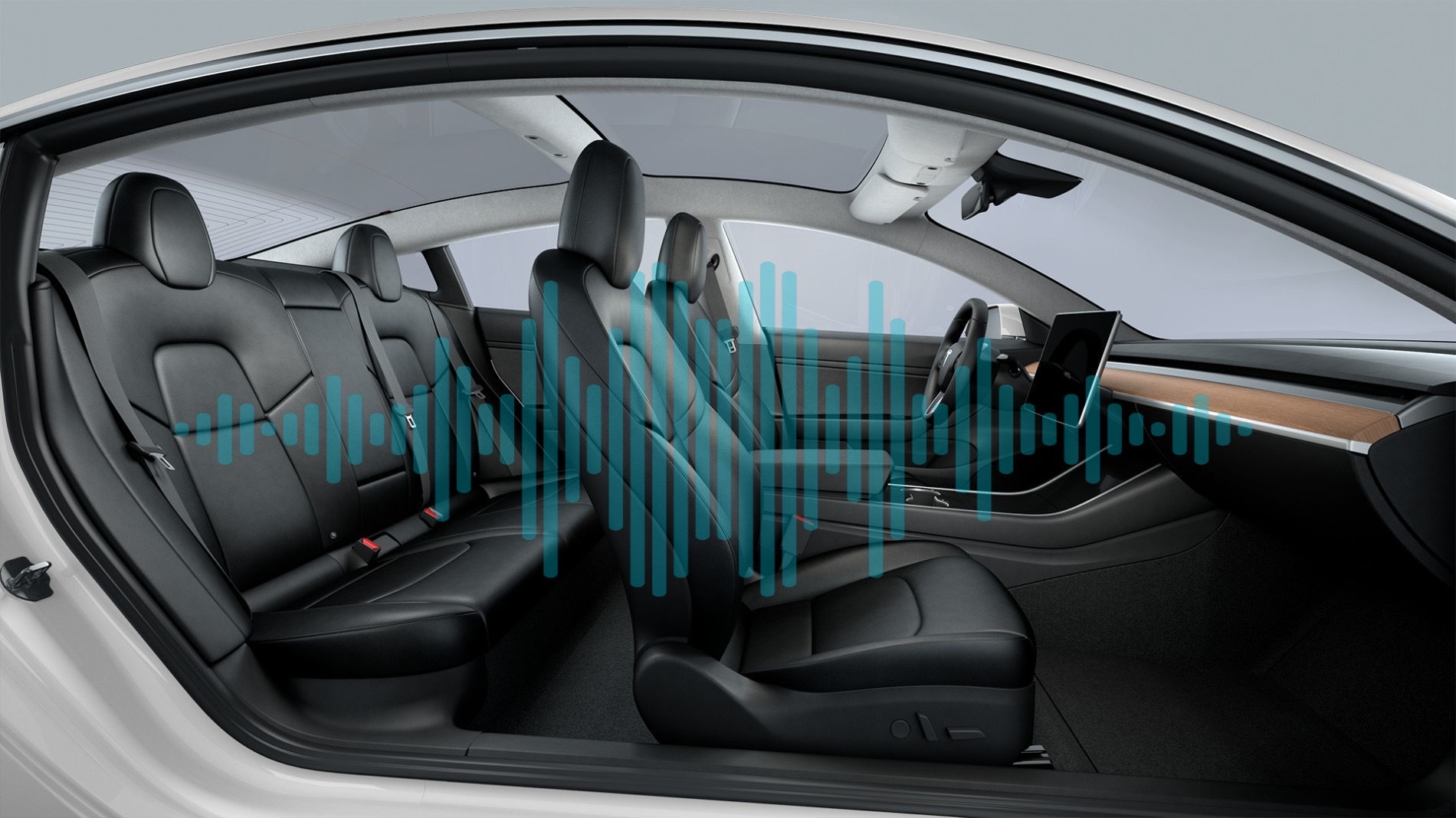
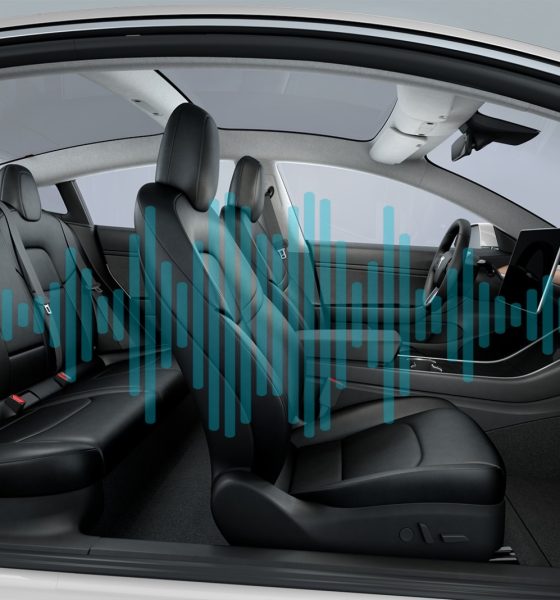
News
Tesla audio partner DSP Concepts discusses noise cancellation tech & the future of sound in autonomous cars
Sound might play a bigger role in the auto industry with the advent of the electric cars and the age of autonomous vehicles dawning. Tesla’s audio partner DSP Concepts (DSPC) knows a lot about sound and how big of a role it plays in everyday life. Teslarati spoke with part of the DSP Concepts team, who revealed the significance of sound in vehicles, especially as the electric car revolution starts to hit its stride.
“It turns out a car is your most complicated audio product,” said Chin Beckmann, the co-founder and CEO of DSP Concepts. Beckmann described all the ways audio and sound play a part in how people interact with their vehicles, like phone calls, voice commands, or simple in-car communication from driver to passenger and vice versa.
Engine noise cancellation is a feature that interests traditional cars owners as well. Inversely, for electric car owners, engine noise enhancements or noisemakers have become a sought after feature, particularly in the United States where it is mandatory for EVs.
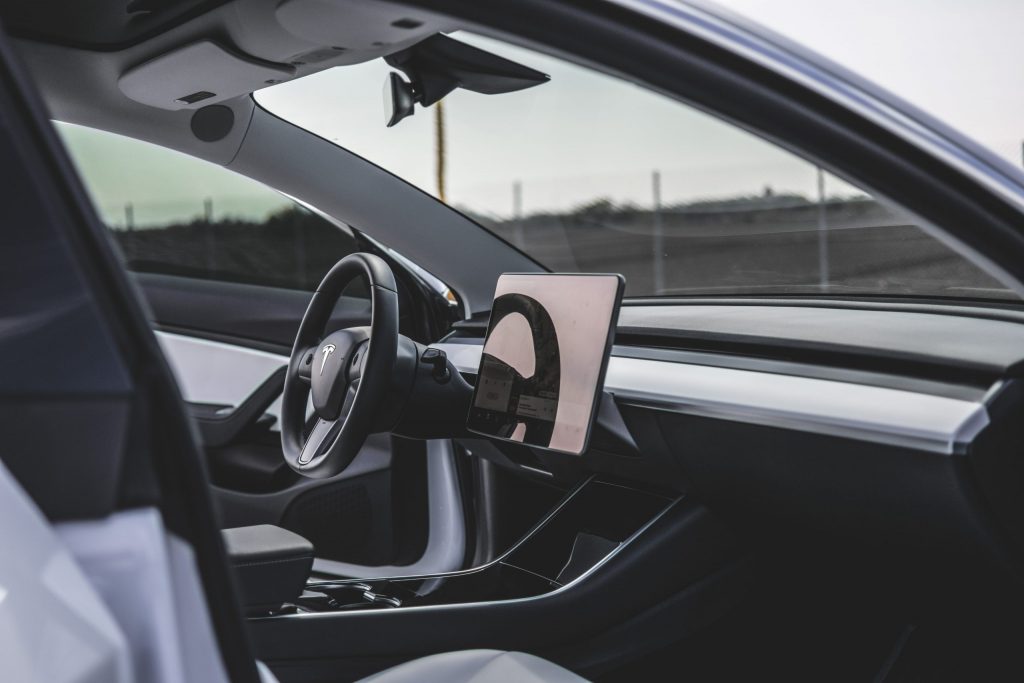
Tesla probably contributed to the popularity of noisemakers in vehicles with its recently-released Boombox feature, which allows drivers to play sounds through an external speaker. Funnily enough, EV owners seeking to increase the noise coming out of their vehicles, may also be looking for ways to decrease the sounds coming into their cars.
“There’s a lot of interest in road noise cancellation from EVs,” said Dr. Paul Beckmann, founder and CTO of DSP Concepts.
Last month, DSP Concepts announced that Audio Weaver would port Bose’s QuietComfort Road Noise Control (RNC) technology into its platform. The collaboration meant that car companies using the Audio Weaver platform, like Tesla, Porsche, or BMW, could offer Bose’s QuietComfort RNC to their vehicles.
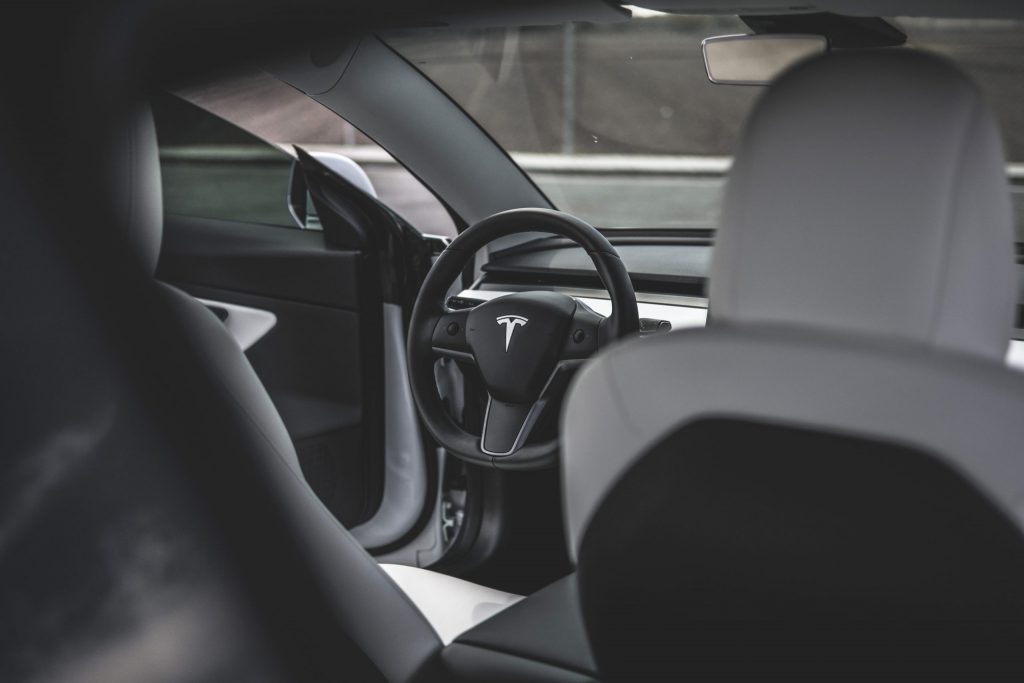
Dr. Beckmann clarified, however, that some hardware needs to be integrated into the vehicle for the Bose QuietComfort RNC to work.
“The way the RNC works is it uses microphones inside the car to listen. It’s kind of like those active noise cancelling headphones. The headphones have microphones close by your ears. So [for] the retrofit, you’d have to put microphones, maybe, by the headrest or somewhere close to your ears,” he shared with Teslarati.
Dru Wynings, Sr. Director of Marketing at DSP Concepts, added that some sensors would probably be needed in the car’s chassis as well. He also talked about the complexities of bringing Bose’s QuietComfort RNC to vehicles.
“There’s a huge hardware component to it in terms of how much computation is needed, in terms of what their audio sound system is…all of that could take a toll. So, [automakers are] planning on what could actually fit on this specific chip to run this software,” said Wynings.
DSP Concepts did not reveal any details about Bose RNC coming to Tesla vehicles. There’s really no telling what features Tesla will roll out to its vehicles at the end of the day.
However, the possibility is very high. It isn’t too far-fetched to think that Tesla might have already equipped its vehicles with the necessary hardware for features like Bose’s QuietComfort RNC, especially considering the upcoming release of the much-anticipated Model S and Model X refresh. The company already did something similar with its in-cabin camera. The hardware for the camera feature was equipped well before it was enabled via an OTA software update.
Road noise cancellation seems like a premium feature that could be available for Tesla’s top-tier vehicles, like the Model S and Model X. Or Tesla may roll out the Bose RNC feature to its entire fleet in a later update. After all, the Model 3 just had a refresh as well.
Sound in Autonomous Vehicles
Aside from Tesla, DSP Concepts works with an array of automakers in the industry, both old and new companies. The company’s main goal is to bring audio engineering into the 21st century with the help of Audio Weaver.
When it comes to the auto industry, DSPC seems very aware of how audio in cars will evolve as autonomy enters the industry. It has become evident that car companies, both legacy and startups, have started producing more tech-savvy vehicles.
Tesla vehicles might be the most tech-savvy cars on the market. The EV manufacturer’s cars incorporate technology that people might look for in their vehicles now, like Netflix, Spotify, or even Caraoke. Yes, these features might not be necessary, but the same argument could be made for phones, laptops, or other devices.
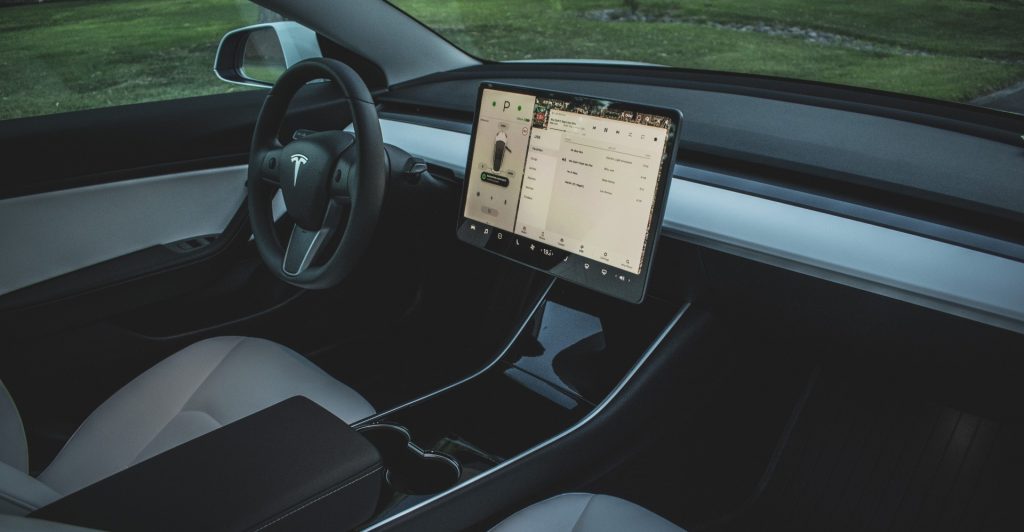
People can do much more than call others with their phones now. They can watch their favorite shows, listen to music, search the internet and much, much more. People seem to want their tech to be well-rounded, so why not their vehicles?
Other car makers seem to be following Tesla’s footsteps. In addition to making more tech-oriented vehicles, more auto companies are also exploring autonomous cars.
With autonomy in the picture, features like Tesla Theater or Tesla Arcade will be more utilized and with that comes the significance of sound. DSP Concepts understands that people might start looking for better sound quality in their autonomous vehicles as more entertainment options are offered by car companies.
The Teslarati team would appreciate hearing from you. If you have any tips, email us at tips@teslarati.com or reach out to me at maria@teslarati.com.

News
Tesla hints at Starlink integration with recent patent
“By employing polymer blends, some examples enable RF transmission from all the modules to satellites and other communication devices both inside and outside the vehicle.”

Tesla hinted at a potential Starlink internet terminal integration within its vehicles in a recent patent, which describes a vehicle roof assembly with integrated radio frequency (RF) transparency.
The patent, which is Pub. No U.S. 2025/0368267 describes a new vehicle roof that is made of RF-transparent polymer materials, allowing and “facilitating clear communication with external devices and satellites.”
Tesla believes that a new vehicle roof design, comprised of different materials than the standard metallic or glass elements used in cars today, would allow the company to integrate modern vehicular technologies, “particularly those requiring radio frequency transmission and reception.
Tesla has recently filed a US patent application on integrating RF transparent materials into the roof structure.
“facilitating clear communication with external devices and satellites”
Tesla fleet is getting @Starlink connectivity integration soon. LFG @Tesla @elonmusk… pic.twitter.com/bLa8YtPLd1
— Chansoo Byeon (@Chansoo) December 9, 2025
Instead of glass or metallic materials, Tesla says vehicles may benefit from high-strength polymer blends, such as Polycarbonate, Acrylonitrile Butadiene Styrene, or Acrylonitrile Styrene Acrylate.
These materials still provide ideal strength metrics for crashworthiness, stiffness for noise, vibration, and harshness control, and are compliant with head impact regulations.
They would also enable better performance with modern technologies, like internet terminals, which need an uninterrupted signal to satellites for maximum reception. Tesla writes in the patent:
“By employing polymer blends, some examples enable RF transmission from all the modules to satellites and other communication devices both inside and outside the vehicle.”

One of the challenges Tesla seems to be aware of with this type of roof design is the fact that it will still have to enable safety and keep that at the forefront of the design. As you can see in the illustration above, Tesla plans to use four layers to increase safety and rigidity, while also combating noise and vibration.
It notes in the patent that disclosed examples still meet the safety requirements outlined in the Federal Motor Vehicle Safety Standards (FMVSS).
Starlink integrated directly into Tesla vehicles would be a considerable advantage for owners. It would come with a handful of distinct advantages.
Initially, the inclusion of Starlink would completely eliminate cellular dead zones, something that is an issue, especially in rural areas. Starlink would provide connectivity in these remote regions and would ensure uninterrupted service during road trips and off-grid adventures.
It could also be a critical addition for Robotaxi, as it is crucial to have solid and reliable connectivity for remote monitoring and fleet management.
Starlink’s growing constellation, thanks to SpaceX’s routine and frequent launch schedule, will provide secure, stable, and reliable internet connectivity for Tesla vehicles.
Although many owners have already mounted Starlink Mini dishes under their glass roofs for a similar experience, it may be integrated directly into Teslas in the coming years, either as an upgrade or a standard feature.
News
Tesla supplements Holiday Update by sneaking in new Full Self-Driving version
It seems Tesla was waiting for the Hardware 4 rollout, as it wanted to also deploy a new Full Self-Driving version to those owners, as it appeared in the release notes for the Holiday Update last night.
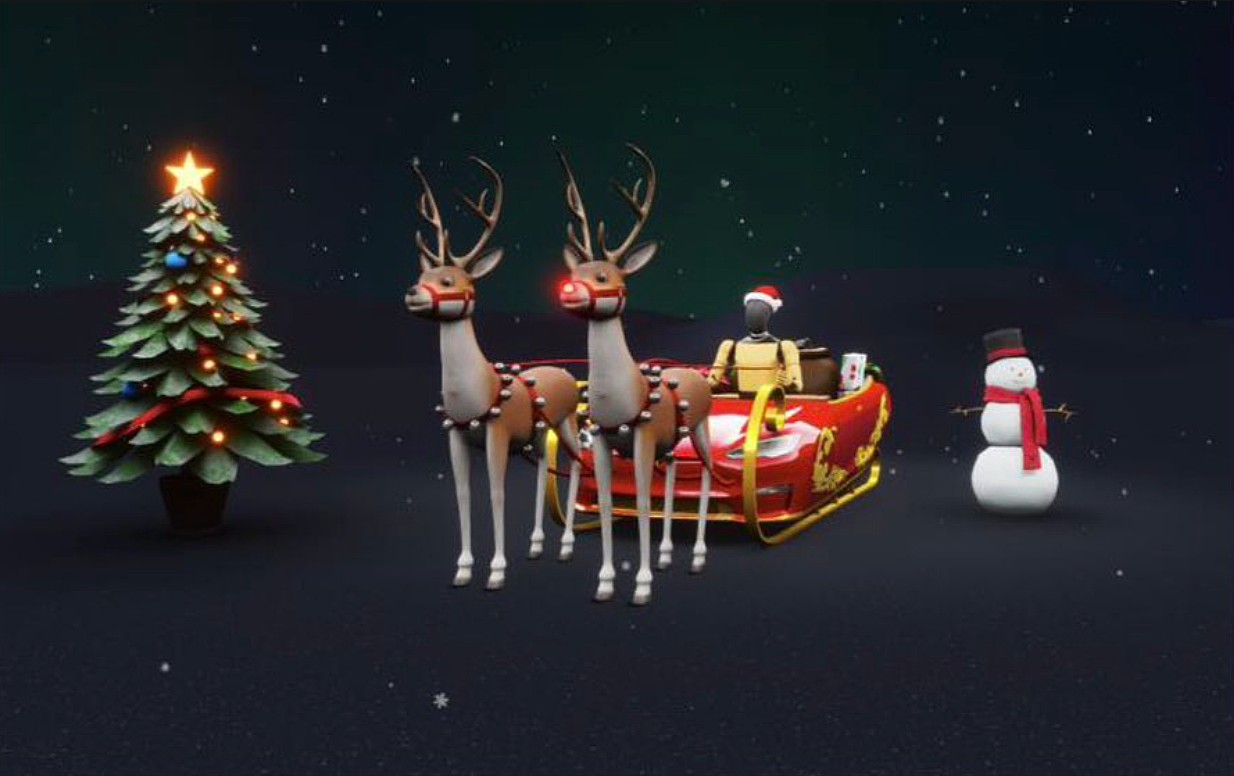
Tesla has surprised some owners by sneaking in a new Full Self-Driving version with the wide release of the Holiday Update, which started rolling out to Hardware 4 owners on Friday night.
Tesla has issued a controlled and very slow release pattern with the Holiday Update, which rolls out with Software Version 2025.44.25.5.
For the past two weeks, as it has rolled out to Hardware 3 and older Tesla owners, the company has kept its deployment of the new Software Version relatively controlled.
It seems Tesla was waiting for the Hardware 4 rollout, as it wanted to also deploy a new Full Self-Driving version to those owners, as it appeared in the release notes for the Holiday Update last night.
Tesla Full Self-Driving v14.2.1.25 made its first appearance last night to Hardware 4 owners who are members of the Early Access Program (EAP). It appears to be a slight refinement from FSD v14.2.1, which has been out for a couple of weeks.
Tesla v2025.44.25.5 Holiday update incoming
Also Full Self-Driving v14.2.1.25!!! pic.twitter.com/74D7S0UGXz
— TESLARATI (@Teslarati) December 13, 2025
Many owners welcome the new FSD version, us included, because we’ve been less than impressed with v14.2.1. We have experienced some minor regressions with v14.2.1, especially with Speed Limit recognition, Speed Profile tinkering, and parking performance.
As it stands, Full Self-Driving is still particularly impressive, but Tesla is evidently having an issue with some of the adjustments, as it is still refining some of the performance aspects of the suite. This is expected and normal with some updates, as not all of them are an improvement in all areas; we routinely see some things backtrack every once in a while.
This new FSD version is likely to take care of those things, but it also includes all of the awesome Holiday Update features, which include:
- Grok with Navigation Commands (Beta) – Grok will now add and edit destinations.
- Tesla Photobooth – Take pictures inside your car using the cabin-facing camera
- Dog Mode Live Activity – Check on your four-legged friend on your phone through periodic snapshots taken of the cabin
- Dashcam Viewer Update – Includes new metrics, like steering wheel angle, speed, and more
- Santa Mode – New graphics, trees, and a lock chime
- Light Show Update – Addition of Jingle Rush light show
- Custom Wraps and License Plates – Colorizer now allows you to customize your vehicle even further, with custom patterns, license plates, and tint
- Navigation Improvements – Easier layout and setup
- Supercharger Site Map – Starting at 18 pilot locations, a 3D view of the Supercharger you’re visiting will be available
- Automatic Carpool Lane Routing – Navigation will utilize carpool lanes if enabled
- Phone Left Behind Chime – Your car will now tell you if you left a phone inside
- Charge Limit Per Location – Set a charge limit for each location
- ISS Docking Simulator – New game
- Additional Improvements – Turn off wireless charging pad, Spotify improvements, Rainbow Rave Cave, Lock Sound TRON addition
Tesla also added two other things that were undocumented, like Charging Passport and information on USB drive storage to help with Dashcam.
Cybertruck
Tesla updates Cybertruck owners about key Powershare feature

Tesla is updating Cybertruck owners on its timeline of a massive feature that has yet to ship: Powershare with Powerwall.
Powershare is a bidirectional charging feature exclusive to Cybertruck, which allows the vehicle’s battery to act as a portable power source for homes, appliances, tools, other EVs, and more. It was announced in late 2023 as part of Tesla’s push into vehicle-to-everything energy sharing, and acting as a giant portable charger is the main advantage, as it can provide backup power during outages.
Cybertruck’s Powershare system supports both vehicle-to-load (V2L) and vehicle-to-home (V2H), making it flexible and well-rounded for a variety of applications.
However, even though the feature was promised with Cybertruck, it has yet to be shipped to vehicles. Tesla communicated with owners through email recently regarding Powershare with Powerwall, which essentially has the pickup act as an extended battery.
Powerwall discharge would be prioritized before tapping into the truck’s larger pack.
However, Tesla is still working on getting the feature out to owners, an email said:
“We’re writing to let you know that the Powershare with Powerwall feature is still in development and is now scheduled for release in mid-2026.
This new release date gives us additional time to design and test this feature, ensuring its ability to communicate and optimize energy sharing between your vehicle and many configurations and generations of Powerwall. We are also using this time to develop additional Powershare features that will help us continue to accelerate the world’s transition to sustainable energy.”
Owners have expressed some real disappointment in Tesla’s continuous delays in releasing the feature, as it was expected to be released by late 2024, but now has been pushed back several times to mid-2026, according to the email.
Foundation Series Cybertruck buyers paid extra, expecting the feature to be rolled out with their vehicle upon pickup.
Cybertruck’s Lead Engineer, Wes Morrill, even commented on the holdup:
As a Cybertruck owner who also has Powerwall, I empathize with the disappointed comments.
To their credit, the team has delivered powershare functionality to Cybertruck customers who otherwise have no backup with development of the powershare gateway. As well as those with solar…
— Wes (@wmorrill3) December 12, 2025
He said that “it turned out to be much harder than anticipated to make powershare work seamlessly with existing Powerwalls through existing wall connectors. Two grid-forming devices need to negotiate who will form and who will follow, depending on the state of charge of each, and they need to do this without a network and through multiple generations of hardware, and test and validate this process through rigorous certifications to ensure grid safety.”
It’s nice to see the transparency, but it is justified for some Cybertruck owners to feel like they’ve been bait-and-switched.








